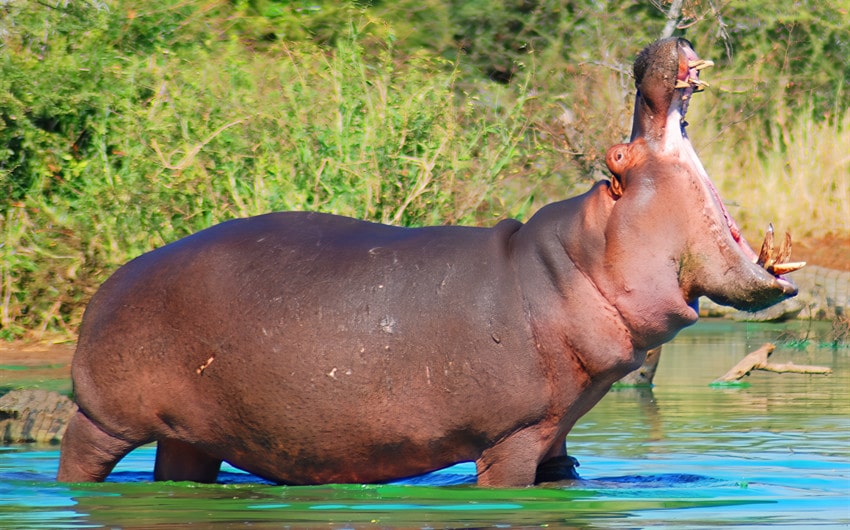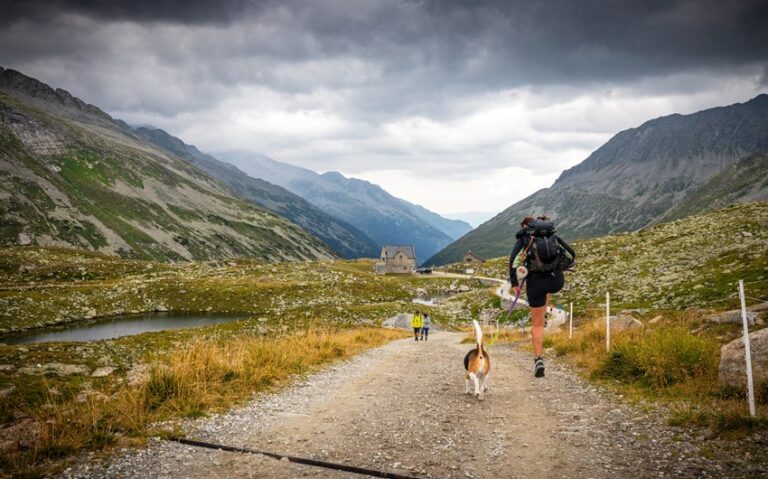Why Are Hippos So Aggressive (And Weirdly Territorial?)
I used to think hippos were just oversized water cows—big, slow, kind of goofy. Then I learned they kill more people in Africa than lions do. Wait, what? These round, wading herbivores are that dangerous? Suddenly, the hippo wasn’t just a meme-worthy animal in a tutu—it was a tank with teeth. I had to find out: why are hippos so aggressive? What makes them flip from chill to chaos like that?
The Looks-Are-Deceiving Problem
Hippos look adorable. Round bodies, stubby legs, tiny ears. They spend half their lives submerged like lazy pool dads. But beneath that image is a wild animal packed with muscle, speed, and very little tolerance for anything that enters its space. I think part of why their aggression feels so shocking is because it clashes with our expectations. We’re not visually primed for violence from something that looks like a squishy cartoon.
That deception goes deep. Hippos don’t growl like lions or snarl like wolves. They hiss, grunt, and open their mouths wide in what looks like a lazy yawn—but it’s actually a very specific threat display. When those jaws open wide, they’re showing off massive tusk-like teeth that can grow over a foot long. That “yawn” is hippo-speak for: back off. Most animals listen. We humans, charmed by cuteness, sometimes don’t.
It’s also important to remember that hippos are nocturnal grazers. They emerge at night to roam miles from water in search of grass. If you accidentally cross their path, especially in the dark, they’re not going to wait for introductions. They react first—often explosively—and don’t bother asking questions later.
Water Is a Hippo’s Castle
If there’s one core truth about hippos, it’s this: they are territorial to the point of being unhinged. And it’s all about water. A hippo’s world revolves around rivers, lakes, and ponds—not just for survival, but for social structure. Males control sections of river like landlords, and any intrusion—by other hippos, crocodiles, or unfortunate boats—is seen as a threat.
In the water, hippos live in herds called pods, typically led by a dominant bull. These bulls are ruthless about defending their stretch of river. They’ll challenge rivals with wide-mouthed threats, jaw-clashing fights, and full-on brawls. These battles can be bloody and brutal, sometimes resulting in serious injury or death. Even female hippos, usually more docile, can become ferociously aggressive when their space or calves are threatened.
This aggression isn’t mindless. It’s a resource-control strategy. Water is where they stay cool, socialize, give birth, and stay safe from predators. So when something—or someone—encroaches, the response is swift and decisive. For hippos, protecting their turf isn’t optional. It’s instinct. And considering how few natural predators they have, they’ve never needed to evolve a passive approach.
Built Like Bulldozers
Physically, hippos are absurd. They can weigh up to 4,000 pounds and still move like they’re late for something. They can’t actually swim (plot twist!), but they bounce and glide along river bottoms using buoyancy and momentum. On land, they’re even faster—especially when threatened. A full-grown hippo can outrun a human over short distances. That fact alone puts them high on my list of animals I never want to surprise.
Everything about a hippo’s body is built for force. Their thick skin—up to 2 inches in places—is tough and scar-resistant. Their massive mouths can open to nearly 180 degrees, revealing a bite force strong enough to crush bones and boats alike. Their muscular necks and jaws allow them to swing their heads like sledgehammers during fights. Even their legs, which look stubby, are shockingly powerful. This isn’t a body built for elegance—it’s built for battle.
And despite their size, they’re incredibly agile in water. While they can’t swim in the traditional sense, they move with surprising grace by pushing off the riverbed


